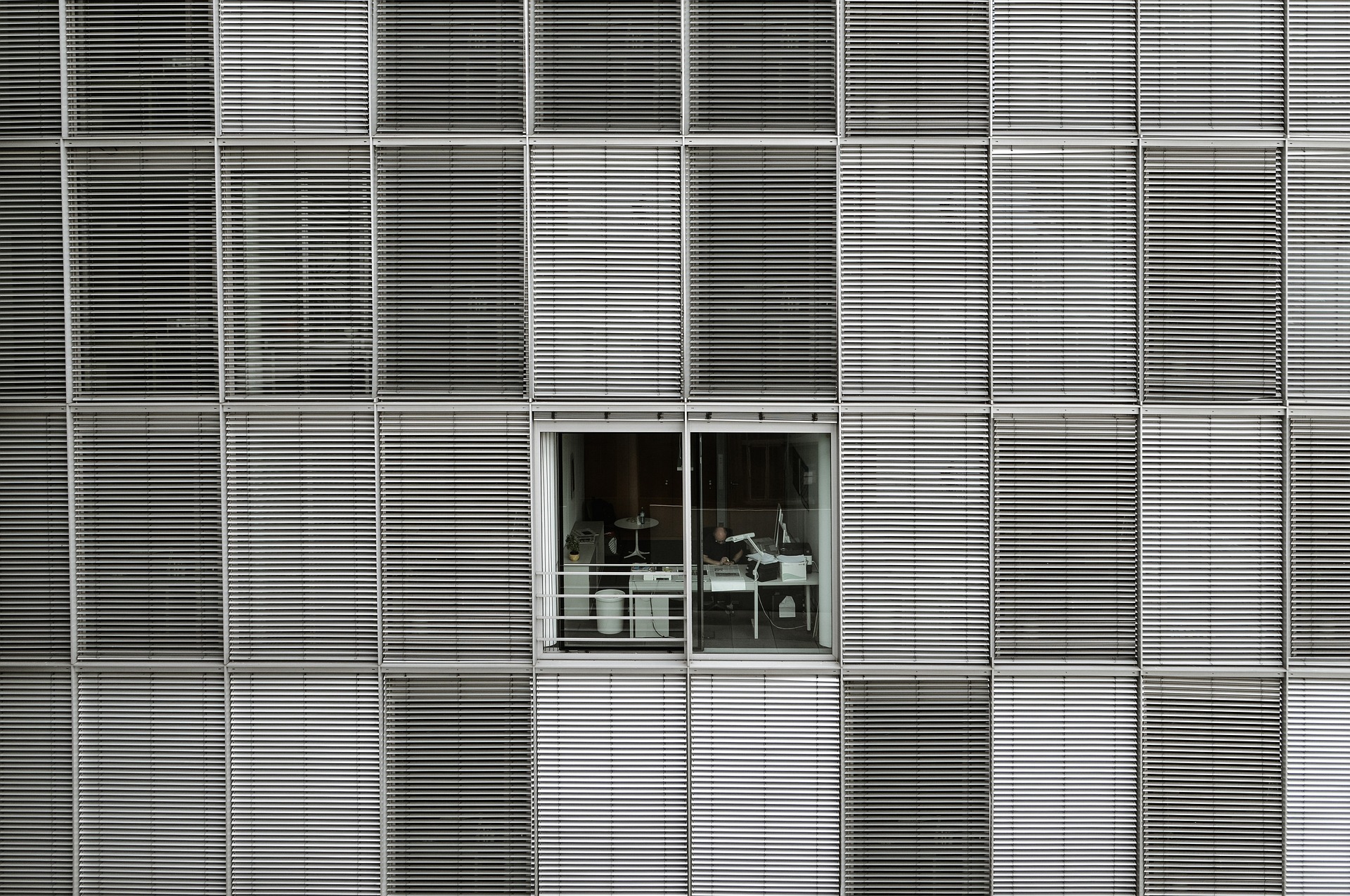Unfolding the Modern Aesthetics of Japandi Design
Introduction: In an era where the blend of East and West is not only a cultural phenomenon but an aesthetic trend, the world of interior design has birthed a new style that's capturing many hearts—Japandi. This design amalgamation fuses the minimalist charm of Japanese design with the functionality of Scandinavian principles, creating a harmonious blend of simplicity and sophistication.

The Birth of Japandi: A Historical Context
The term ‘Japandi’ is a portmanteau of ‘Japanese’ and ‘Scandinavian.’ This design movement has its roots deeply embedded in both cultures’ appreciation for simplicity, functionality, and connection to nature. Historically, both Japanese and Scandinavian designs have been known for their minimalist aesthetics and efficient use of space. The blend of these two design principles gave birth to the Japandi style around the mid-2010s and has been trending ever since.
Current Trends in Japandi Design
Today, Japandi style is an emerging trend in interior design, characterized by its simplistically elegant aesthetics, muted color palette, and the seamless fusion of indoor and outdoor spaces. The use of natural materials like wood and stone, along with clean lines and a minimalist approach, is a defining characteristic. The subtle color palette is inspired by nature, typically featuring shades of green, brown, and beige, with occasional pops of black for contrast.
Practicality and Impact of Japandi Style
Incorporating Japandi style into your home is more than just a design choice—it’s a lifestyle. The style emphasizes functionality without compromising on aesthetics. The market has seen a surge in demand for Japandi-style furniture, characterized by its sleek lines, neutral colors, and high-quality materials. The style’s focus on natural elements promotes a serene and calming environment, enhancing the quality of daily living.
The Science Behind Japandi Aesthetics
Research has shown that environments that mimic nature can reduce stress and promote well-being. The Japandi style, with its focus on natural elements and minimalist design, can have a similar effect. The blend of organic materials and muted color palettes creates a calming atmosphere, promoting a sense of tranquility and peace.
Making Japandi Accessible
While Japandi style may seem like a high-end design trend, it is easily accessible to a broad audience. The focus on functionality means that each piece serves a purpose, reducing the need for excessive decor. Affordable options for Japandi-style furniture and accents are available in various markets, making it possible for anyone to incorporate this trend into their homes.
The Japandi style is a testament to the blend of different cultures and design principles, creating a trend that is not only aesthetically pleasing but also functional and affordable. By understanding its history, current trends, and practicality, you can incorporate this design style into your home, creating a space that is both stylish and comfortable.




